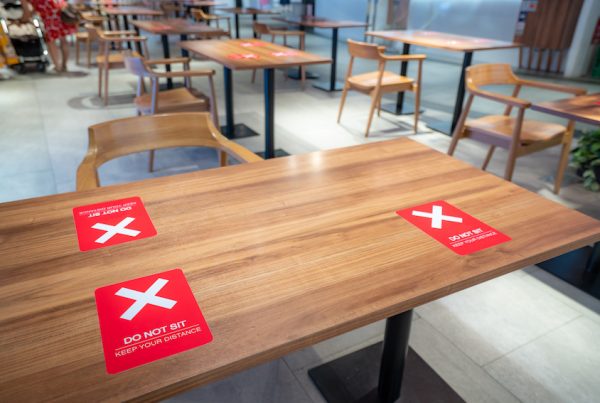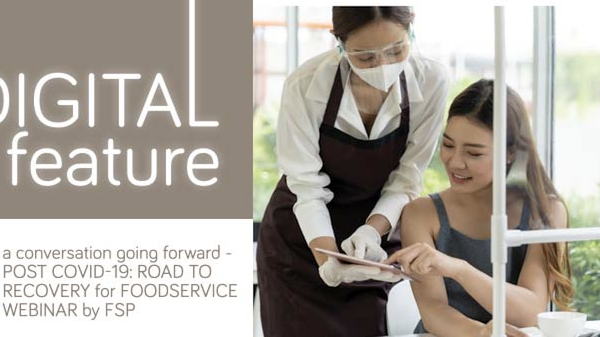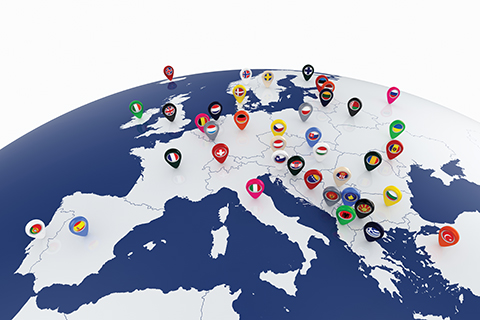
Is your proprietary ‘nasi lemak’ (Malaysia), ‘chilli crab’ (Singapore), ‘tom yum’ (Thailand) fetching queues? Perhaps you’ve seen how the QSR big boys made a splash in your local scene and you think that it’s time to get out of your comfort zone. To bring your cuisine to the world and be a success story! Great idea but like anything, what do you need to know before plunging into it?
KNOW YOUR DIRECTION
The single most important factor. We still hear people telling us they want to sell cuisines from the East to the West. Realise that making a choice on focusing could be the boldest thing you do. It will be easier to work out an expansion plan after executing your core idea well.
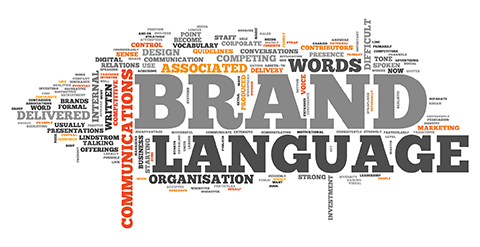
YOUR BRAND’S VOICE
“It’s just come up faster because of the power of the brand.“Ever ybody knows Smoke’s Poutinerie, so it just seems like a natural extension.” (Smoke’s Eaterie founder Ryan Smolkin). The brand was already well established in its birthplace of Canada and the founder is working on entering other markets. The question for you – has your brand gained enough traction? While there is no hard and fast rule that you should be grounded at your home country before going out (we know some brands that make it better outside than home) but it can be a star ting point. If your brand has been in the market for some time but you did not grow it and when competitors star t showing up it could be too late for an expansion exercise. The audience always seek new experiences and realistically that would mean some loss in your market share thereby the pertinent issue to first address would be how to boost the existing business; not expand.
ONE SIZE DOESN’T FIT ALL
Make that never fits all especially for F&B. According to Mr Vincent Soon of F&B Facilities Sdn. Bhd.; that is the biggest misconception when business owners think that their model can be applicable anywhere. You could have the best Standard Operating System when running in America but it won’t work the same in other countries. You still need to fine tune the model for the country and be open to make adaptations to engage with the community. Few points that you need to look into:
• People -Find a local consultant who can give you the big picture of the country’s scenario. From there you will then assemble the right expert for each task. Many owners tend to send its home team overseas thinking he / she would be familiar with the company’s system and way but many find it difficult to cope with differing work cultures and customers’ expectation.
• Ingredients -For example, assuming that chicken is the same everywhere is a gross mistake. Vincent related an incident where he went to a particular country to survey its markets and found the supply chain to be weak. Even the hypermarket wasn’t good enough, what more the wet market? He then advised against expanding in that country. If you had to import a long list of ingredients; how high is the eventual food cost and are the customers you’re targeting able to pay that kind of prices? Find out also if items you’re planning to bring in are allowed by customs.
• Operation Flow -Space planning is different everywhere. How will you adjust your floor plan; both back and frontof-house to ensure a smooth work flow and traffic? This should also include equipment as some countries may have limitations with regards to amperage, equipment type or even size.
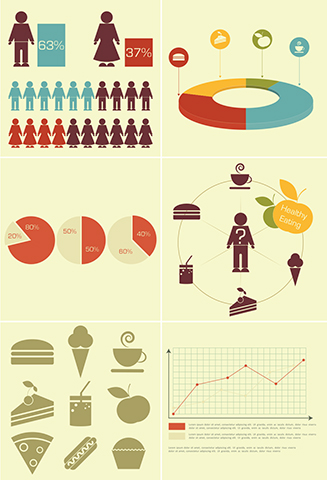
WHO & WHERE IS YOUR AUDIENCE?
How open is the population to accept something new? It does not mean a country with more people will attract more sales. Case in point, Vincent illustrates that Malaysia is actually harder to penetrate although it has a higher population than Singapore. This is due to dispersion; the former has 14 states and spending power is actually concentrated within a few main states only so any brand that comes in really needs to cut through the clutter. Whereby Lion City is small and the population concentrated with distance not being a big factor. He also talks about understanding the perceived value of eating out in the country – the difference between a hawker meal and a fast food meal is about 10% in Singapore which isn’t much so they are willing to pay for the ambience and consistency of food whereas in Malaysia, a hawker meal is relatively cheap and of good taste.
This goes back to your core. Taking from the Prêt To Go brand; the founder shares that the idea was always to cater to professionals who are on the move, therefore all expansions are in office clusters and free zones with large working communities. Your food is designed for students? Of course you’ll be inside campuses or within public transport / walking distance. Always go where your people are especially when you are still unknown in that area.
If star ting a food venture is tricky at your home turf; what more the possible complexities when entering another country? Let’s look at a few examples of brands achieving successful geographical crossovers and it could be helpful for you to study their brand through observations of its locations, operational processes and service style.








